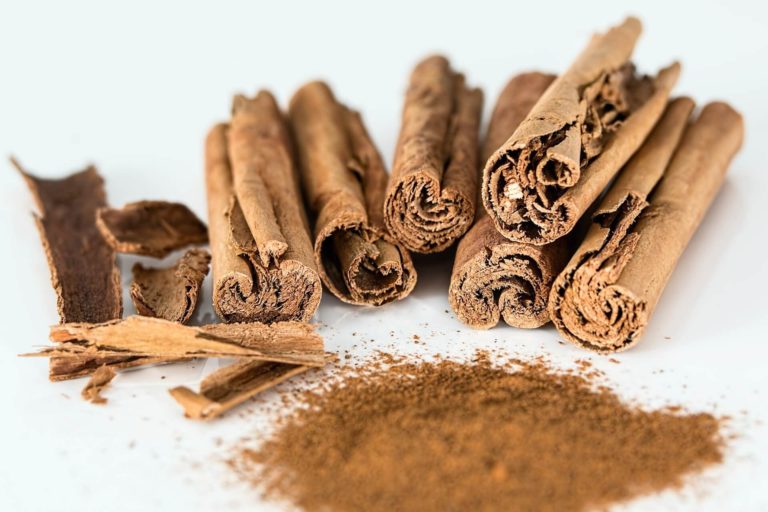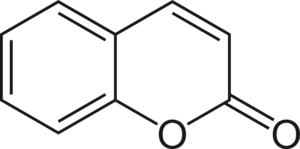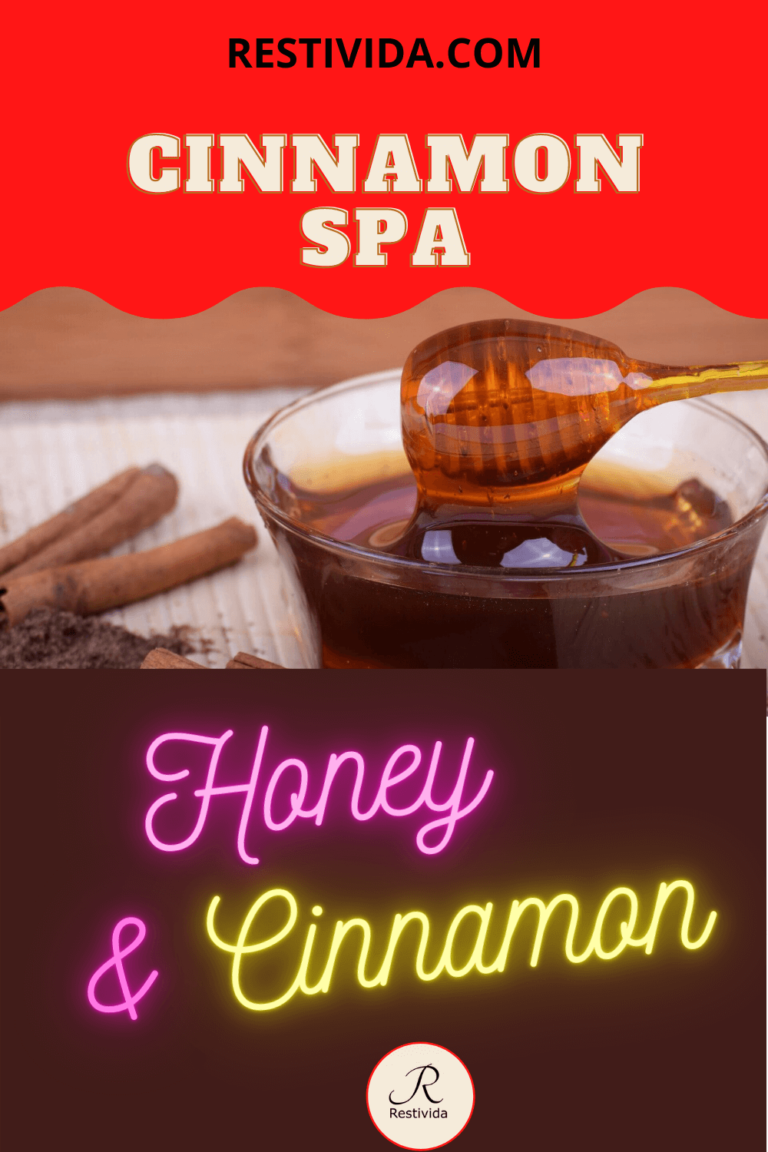This article may contain affiliate links. Please see our affiliate disclosure.
Seven (7) Amazing Health Benefits of Cinnamon
In this article, our recipes are referring to cleyon cinnamon also known as “True” cinnamon or Sri Lankan cinnamon.
Compounds in Cinnamon
Before diving into the benefits of cinnamon, you might want to take a quick look at the compounds:
- Cinnamon contains 82.5% essential oils: cinnamaldehyde (50%) eugenol, caryophyllene oxide, Cinnamtannin B1, and linalool. These compounds are what gives the cinnamon all the benefits, aroma and some flavor.
- Coumarins 0.004% in true 1% in other varieties this is needed by the plant to protect against herbivory.
Back to coumarin in a few. But first let’s get right to the benefits.

Health Benefits of Cinnamon
- Antioxidant: The eugenol in cinnamon protects the lipids that make up the cell wall in our bodies from oxidation. If your cell walls are too badly damaged, chronic fatigue, chronic pain and other invisible illness can develop.
- Antimicrobial, antifungal, antiparasitic: Eugenol and caryophyllene oxide are the key components in the essential oils of cinnamon that interrupts the cell walls of pathogen and causes them to die before they can multiply and cause any damage.
- Antidiabetic: Cinnamon controls blood sugar by reducing absorption of digested carbohydrates and sugars in the intestine from food right after a mea. Cinnamtannin B1 activates the insulin receptors on fat cells and other cells in the body; this makes insulin work more effectively.
- Gut health/digestive ailments: Cinnamaldehyde increases the natural compound in the body called myeloperoxidase that is a natural antibiotic produced by the body that can offer protection to the colon.
- Increases circulation/heart health: Cinnamon controls the Ca influx and release in the cells of your body that helps to increase peripheral vasodilation or slight widening of the blood vessels that are in the arms and legs. This increases the circulation of blood to those parts of the body and takes along with it nutrients, oxygen and at the same time lowers the blood pressure.
- Brain health: Cinnamon is able to boost the brain’s ability to use sugar for energy and with that extra energy you will be able to think faster and clearer.
- Anti aging effects on skin, bone: Cinnamaldehyde boosts collagen type I production which is the type involved in forming and “maintaining bone, skin, tendons, cornea, blood vessel walls and other connective tissues”.
A Little Bit More About Coumarin
Coumarin is a compound found in cinnamon, tonka bean and many plants that gives it the sweet smell and slightly bitter or woody taste. It acts as a defense against herbivory from larger animals and fungus. It inhibits the synthesis of vitamin K; a natural coagulant needed in the body. Coumarin has been shown to be toxic to the kidney and liver and the L50 ( amount to kill half a population) is 293 mg/kg.
The good news is we never really eat that much even on a good day nor do you ever have that amount in any recipes per a single serving, even during the holidays. So you’re generally ok with consuming any variety you choose.
Find cinnamon content in these everyday and holiday foods in Table 1 of this article.
Diagram of Coumarim

Final Note on Coumarin
Synthetic coumarin also called warfarin is used as a blood thinner, but under medical supervision in approved dosages. About one (1) teaspoon per day is over the limit of coumarin that your body should be able to tolerate according to the European Food Safety Authority .
Cinnamon is Classified in Four (4) Types
1. True cinnamon or Ceylon cinnamon or Mexican cinnamon
Scientific Name: Cinnamomum zeylanicum
Country of Origin: Sri Lanks
Features: Sweet, reddish brown, low coumarin content
2. Indonesian cinnamon
Scientific name: Cinnamomum burmanni
Country of Origin: Indonesia
Features: Hot and spicy, brick-red, very fragrant, high coumarin content
3. Vietnamese cinnamon
Scientific Name: Cinnamomum loureiroi
Country of Origin: Vietnam
Features: Sweet and spicy, brick red, very fragrant, high coumarin content
4. Cassia cinnamon or Chinese cinnamon
Scientific Name: Cinnamomum aromaticum
Country of Origin: China
Features: Spicy and bitter, brick red, very flavourful, high coumarin content
Cinnamon Recipes
Remember all the times you smelled cinnamon, that feeling of well being, warmth and happiness took you over? There is nothing better than smeling that sweet, hot, spicy, woody aroma in your pancakes and cinnamon rolls or snuggling in a blanket in some clean PJs hugging a mug of eggnog or warm pumpkin spiced goodness. Try our golden milk recipe and triple up the benefits of cinnamon, turmeric and ginger in one beautiful drink.

Spicy Cinnamon Kebabs
Cut two servings of your favorite meat or tofu into bite sized pieces ( minced meat is also good)
Wash with cool water, and a splash of lemon or vinegar. Rinse and pat dry.
Grab a large dish and let’s make a marinade
Combine 4 tablespoons:
Apple cider vinegar
Water in a large dish
Add 1 tablespoon:
Dark soy (or oyster sauce)
Minced ginger
Onion
Dark brown sugar (more or less)
Add ½ teaspoon cinnamon
Then add ¼ teaspoon
Smoked paprika
Turmeric
Red pepper flakes
Thyme
Note!
Before you add the meat, adjust the taste. Since there is plenty of salt in the soy (or oyster) sauce. You might want to taste it first before you add salt, more dark sauce or bullion cubes.
Stir in meat or tofu and coat each piece well. Cover and let marinate 15 to 20 minutes on the counter or 1 hour to overnight in the refrigerator. You can even freeze this for later.
Layer the meat on skewers with peppers, onions, mushrooms and zucchini aiming for around 4 pieces of meat or tofu on each skewer.
Heat a grill or oven to 425 °F (220°C). For steaks, internal temp 140°F to 145°C (60°C to 63°C ) indicates doneness.
Cook chicken and other meats until well done.
Serve with your favorite sides.
Cinnamon Hair and Massage Oil
1 part extra virgin olive oil or your favorite blend of neutral hair oil
¼ part cinnamon
Let sit for 4 weeks
Pass through a coffee strainer. Take your time, it’s gonna be a while.
Massage this into your scalp and leave on for 15 minutes if possible.
Wash your hair.
The massage itself and the cinnamon increases circulation to the scalp and may increase hair growth. If you’d like this is also a great massage oil too.
Honey and Cinnamon Face Mask
This combination of honey and honey is a great antibacterial to reduce and prevent pimples, lighten dark spots and promote healing of the skin by increasing blood flow to the face.
1 Tablespoon honey and 1 teaspoon of cinnamon
Mix well with a coffee stirrer and apply to freshly washed and dried face.
Massage gently in small circular motion for one (1) to two (two) minutes and let sit for five (5) to ten (10) minutes.
Rinse with warm water. Pat dry and follow with aloe Vera gel or your favorite moisturizer.
Try this at least twice a week.

Note of caution
As with any supplement there are rules to the game. Of course you are free to add it to your food as flavoring, make sure you are not allergic. Diabetics are fine with using this just as a flavoring but since cinnamon in amounts recommended by supplements may lower blood sugar too low (especially if you’re taking medication) please do so under medical supervision.
Conclusion
The benefits of cinnamon are not only great for that warm comforting nostalgic feeling. But cinnamon is beneficial in a number of ways such as: antioxidant, antimicrobial, antifungal, antiparasitic, antidiabetic.
It has shown good results in improving gut health and digestive ailments. It also improves circulation, heart health and brain health. The anti-aging effects on skin and bone health are also a plus.
When you pass that spice rack again take a look at that bottle of cinnamon and do yourself, hair, skin and body a favor.
Live well!
